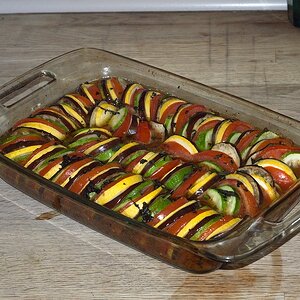musicaleCA
TPF Noob!
- Joined
- May 23, 2009
- Messages
- 2,303
- Reaction score
- 0
- Location
- Vancouver, BC
- Can others edit my Photos
- Photos OK to edit
This post also available on my blog.
As some of you might have noticed, I recently bought two 7D's on Tuesday. I've now had a few opportunities to test it's performance in different situations, most of them demanding. While we've all been fawning over, or complaining about, the 7D's signal-to-noise ratio, what I'm writing here is not about that. I'm more interested in answering this question: "In the hands of an amateur photojournalist, is the 7D capable of performing under difficult situations and producing good images?" In answering this question, I fairly include post-processing and a solid workflow.
And now, after trumpeting how I won't be talking about the SNR on this camera, let's talk about how it did with super-low light!
I was assigned to shoot a performance by a band called the SubCity Dwellers Tuesday night, the very day I got my two new cameras. So bear that in mind; the photographer was confused and disoriented. The first thing I had to get used to was the new light meter. The fact that it was colour sensitive threw me off quite a bit; I would occasionally adjust my exposure according to the evaluative meter by a stop or two, still in the instinctual mindset that it wasn't evaluating colour. This resulted in a lot of very strange, off exposures. I eventually accepted what the meter was telling me to be correct and, once I did that, started to get decent exposures. (I did make a mistake in underexposing quite a bit, but this was preferable to lowering my shutter speed, so no biggie. That's right, no biggie; I can live with the extra noise.) Here you can find the photo as it ran in the paper. Below is one of my favourite shots of the night (noise processed with Nik Define 2.0).
ISO 6400, f/2.8, 1/25, 24-70/f2.8L USM, M mode

You can probably tell, the light was horrible. I only have one fast prime, my 50/f1.4 USM, but in this case where the action was fast-moving (requiring me to ride the zoom ring quite a bit), I didn't bother with my prime. And, lo and behold, the camera held it's ground and still let me leave with passable images.
So how does the AF system perform in these terrible conditions? Pretty darn well. There were occasions where I was asking the sensor to focus on an area that was almost pitch black, and in that case it un-surprisingly started focus-hunting. In most cases, switching to a different AF mode (using an expanded AF point, or AF zone which uses several of the AF points) fixed the problem. Doing this is absurdly easy; just press the AF point selection button the the back, and tap the M-Fn button next to the shutter release to switch modes. In some cases I just manually focused, and in these cases it was wonderful to have a completely clear (and I do mean completely; the focus screen is invisible until it is relaying information to you), bright, 1.0x, 100% viewfinder. The focus screen uses ambient light to know whether or not it should use red, illuminated focus points to indicate AF lock, or black ones. (Speaking of measuring ambient light, the LCD changes brightness depending on ambient light, which simply means one less thing to think about, and more confidence when judging exposure by the LCD. Also, the new design that uses glass instead of resin, and removes gaps in the display, is very resistant to glare and works nicely in bright sunlight. Not perfect, of course, but acceptably.)
All-in-all, the 7D bodies faired very well in this situation. I was almost surprised the AF system worked at all (I know my 450D would have taken a very long time to focus in this kind of situation, if it ever could), but when it didn't work, I can safely say no other Canon body could have done better. All of the focusing points are cross-types, but what's more, they're angled. Instead of a straight vertical and horizontal line, Canon twisted these lines around the centre, and then lengthened them. This means that even more information is being relayed to the (dedicated) AF processor, so it can more accurately judge focus.
Moving on, I got an assignment to shoot another concert, this time with better lighting. Her name: Ali Milner. Aside from the concert being pretty fantastic, I had a much easier go of it because I didn't have to push to ISO 6400. Once again, the meter (being connected to the AF processor and vice versa) surprised me in that it wasn't fooled by all the black in the room. Even though I nevertheless used Manual mode to expose (because hands-down it'll be most consistent), it was nice to know that the information being relayed to me was correct.
ISO 2000, f/2.8, 1/250, 70-200/f2.8L IS USM, M mode

"But Michael, why are you showing us a small image," you ask? Well, truth be told I missed the focus. But the save in this situation is to down-size. It was a pretty good shot regardless. I think I really only missed it because of the pace at which I was forced to work. The RIAA has strict rules regarding press shooting concerts of Canadian musicians. I was only allowed to shoot the first three songs, and they were SHORT. One of the band members commented later "I've never seen anyone run so fast."
In this case, there was plenty of light in comparison to the previous concert, so I was able to keep ISO down more while still keeping fast shutter speeds to catch any action (that and running around with two cameras is bound to be tiring; I didn't trust myself to stay steady enough for the IS to correct, even though I probably was just fine). On the 7D, ISO 2000 is actually remarkably clean; noise reduction on this one was in LR2 only.
The AF system had far fewer problems in this case, and it was a breeze to switch AF points/zones and adjust to the situation as needed. I found use for nearly all different modes, except spot, which isn't really necessary and is also too slow in this situation. (Spot mode on the 7D really means spot; it's not a cluster of points, it is just one centre cross-point, and focuses on an incredibly small area. Other cameras in the xxD series used the various assist points surrounding the main focus point, I believe, when in "spot" mode. On the 7D, this mode is now called "Single Point".) Once again, the clear viewfinder is a boon; I found that it really kept my mind in the middle of the action, and let my eye determine composition quite a bit more easily.
Now let's move on to something that isn't torture for the camera, shall we? I got a chance to mess-around with the remote flash control system, and once again, I can say it's a breeze to use. Without getting into specifics, it's essentially the equivalent of Nikon's CLS. This system can use both 580 and 480 flashes, using the pop-up flash to control the other flashes. It is amazingly liberating to have so much control in the camera-body, with menus that are clearer and easier to access than those on a flash or the ST-E2 (this remote control unit still has it's place, for instance when you need to move the controller off-camera McNally-style; I haven't tried this yet, so I can't attest to how it works). Here's a quick profile I did of a UBC professor. The final set-up was two flashes and a reflector. One on a stand behind me and to the left shooting up at the ceiling and flagged to prevent direct light from hitting her. One flash below to the right, as a kick light. White reflector to the right of her. Both flashes gelled with a Rosco 85 CTO gel, and tungsten WB (to get more tonal variation between her face, and her scarf and the sky). Forgive me for the really tight crop; I had to hide the office (and it's hideous green fluorescents...*sigh* there are always fluorescents.)
ISO 320, f/10, 1/250, 24-70/2.8L USM, M mode

That's right. 1/250. Amazingly, the 7D has a max sync speed of 1/250, and that extra third of a stop is nice to have in a situation like this where I need to cut-off the ambient light from outside quite a bit, but want to hold-on to as much power from my flash units as I can. (Props to the 580EXII's being such powerful little lights.) This is due in part to the fact that the 7D uses the same shutter as the 1D series. There are no touching parts, so it's incredibly fast and reliable (and pretty quiet too; that high-pitched whine of the 450D drove me a little bonkers). I used ETTL in this shot, the key light as group A and the kick as B, leaving the pop-up as only a commander. Setting the ratio in camera is easy too, and to be honest this is the first time I'd even bothered using the ETTL light ratios. Saved me time, that's for sure.
Moving on, I wanted to try out the new AF system in another hard situation, this time a football game. Please note, I'm not a sports photographer. In fact, this was my first time shooting sports, and of all the sports I could pick from I just had to choose football. What a mess; people running across the frame constantly, sometimes it being a complete brawl. Much of the time it was hard enough to keep track of the darn ball, let alone predict it and get the shot. >.< In any case, 8fps came in handy, and the speed and memory of the DIGIC 4 processors in the 7D certainly helped in dumping those completed RAWs to the card fast. 15 continuous 18MP RAWs at 8fps, with a crop factor on your lens of 1.6? I honestly think that is something any sports shooter should consider. The AF Servo mode tracks pretty well, though it does leave a little to be desired in speed. It's not totally unexpected that it would take a little while to get the initial focus, and sometimes I feel that it was just being slowed down by the lens (the 70-200 definitely focuses slower than my 24-70, which is to be expected; that's a lot of glass to move, and the range of focusing distances is greater. That, and I forgot to use the limiter; D'oh! >.<). Once it started tracking though, the 7D rarely got confused. The sensitivity of the AF Servo mode is adjustable, and given that this is a field sport, I slowed it down a little so that people moving into the frame would be less likely to affect my focus if they were closer to the lens. (That said, I did also control the AF and turn it off when I noticed one of these brutes moving into the frame.)
What a mess; people running across the frame constantly, sometimes it being a complete brawl. Much of the time it was hard enough to keep track of the darn ball, let alone predict it and get the shot. >.< In any case, 8fps came in handy, and the speed and memory of the DIGIC 4 processors in the 7D certainly helped in dumping those completed RAWs to the card fast. 15 continuous 18MP RAWs at 8fps, with a crop factor on your lens of 1.6? I honestly think that is something any sports shooter should consider. The AF Servo mode tracks pretty well, though it does leave a little to be desired in speed. It's not totally unexpected that it would take a little while to get the initial focus, and sometimes I feel that it was just being slowed down by the lens (the 70-200 definitely focuses slower than my 24-70, which is to be expected; that's a lot of glass to move, and the range of focusing distances is greater. That, and I forgot to use the limiter; D'oh! >.<). Once it started tracking though, the 7D rarely got confused. The sensitivity of the AF Servo mode is adjustable, and given that this is a field sport, I slowed it down a little so that people moving into the frame would be less likely to affect my focus if they were closer to the lens. (That said, I did also control the AF and turn it off when I noticed one of these brutes moving into the frame.)
Here are two of the shots I managed to get (all of 4...did I mention I'm not a sports photographer?):
ISO 400, f/3.5, 1/1250, 70-200/2.8L IS USM, Tv mode

ISO 400, f/3.5 , 1/1250, 70-200/2.8L IS USM, Tv mode

It should be noted that the second one is an extreme crop, so it's really pushing the 7D's AF tracking, especially at f/3.5. I later upped the ISO in favour of giving the focusing system a bit more room to be off. The original RAW file that the 7D produced is 5184x3456 pixels. The second image above was cropped down to 1188x1783 pixels. That's chucking a significant amount of the image; down to about a third of the original size, roughly (did I mention I'm NOT a sports photographer? :lmao: ). Should've zoomed a bit more and gotten just a bit tighter. Ah well...
Now for all that, there's one feature on the 7D that really sticks in my craw. Not because it's a bad feature—the concept is nothing short of awesome—but how it was implemented. The AF system lets you set a different AF point for each orientation. This is done via a custom option (C-Fn III-12). The problem I have with this is that it doesn't suit my needs in photojournalism. I think it would be simply fabulous if, when I switched from horizontal to vertical, the focus point I quickly chose to be in the upper-right, stayed in the upper right. Essentially, I want the camera to keep the focus point in the same-ish part of the frame, and inherit keep the focusing mode too. Alas, this is not the case. Instead, you manually set a different AF point at each orientation as you would normally, the only difference being that these positions are saved, so when you go back that orientation, it goes back to the focus point (and mode) you selected. So, if I say, select my leftmost focus-point (we'll call it FP1, refer to chart below) in the horizontal orientation in spot mode, and then move to a vertical orientation and select a different focus point in single-point mode (FP2), when I go back to horizontal orientation, the camera will revert back to FP1 in spot mode, not a similar point (FP3) in the same mode (in this case single-point). The Canon rep I saw at a recent presentation said that this feature was directed toward portrait and fashion photographers, and that's evident. What sucks is that photojournalists get very little out of this, because we have to do two things (select the new AF point AND change mode) when using this feature instead of just one (change the AF point) when the feature is disabled.
Here's the chart referred to above:
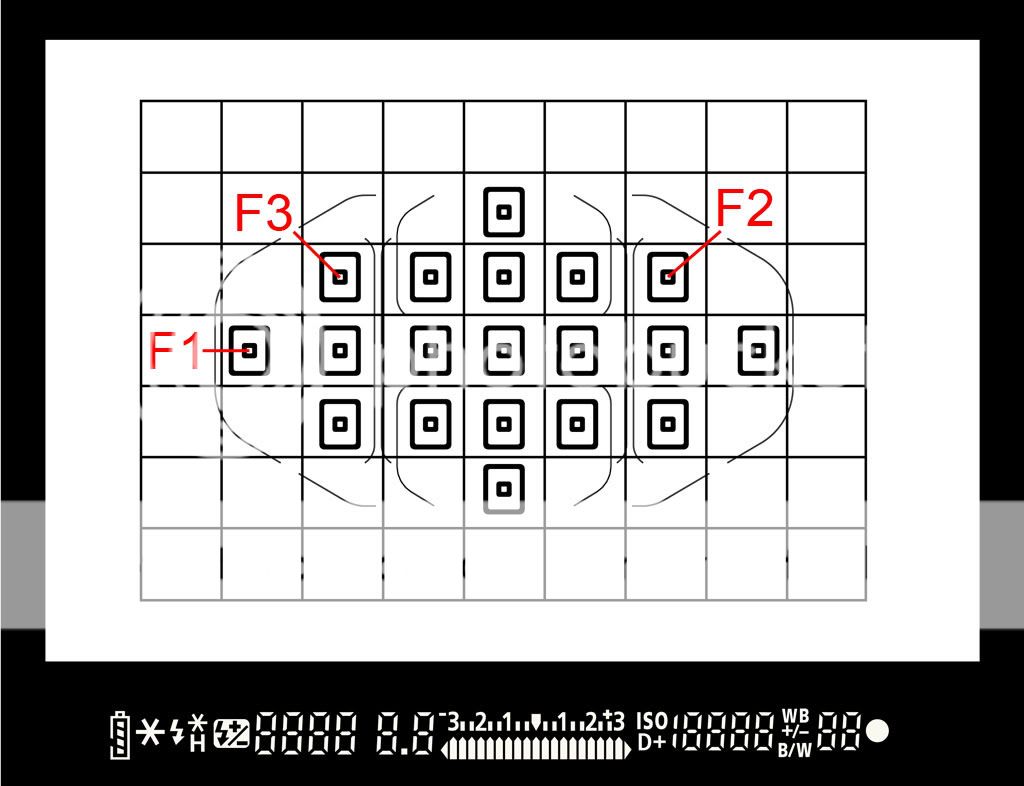
This is how I wish it worked, where every AF point were mapped to it's relative AF points in different orientations, and that the new AF point selected would inherit the AF mode you were previously in.
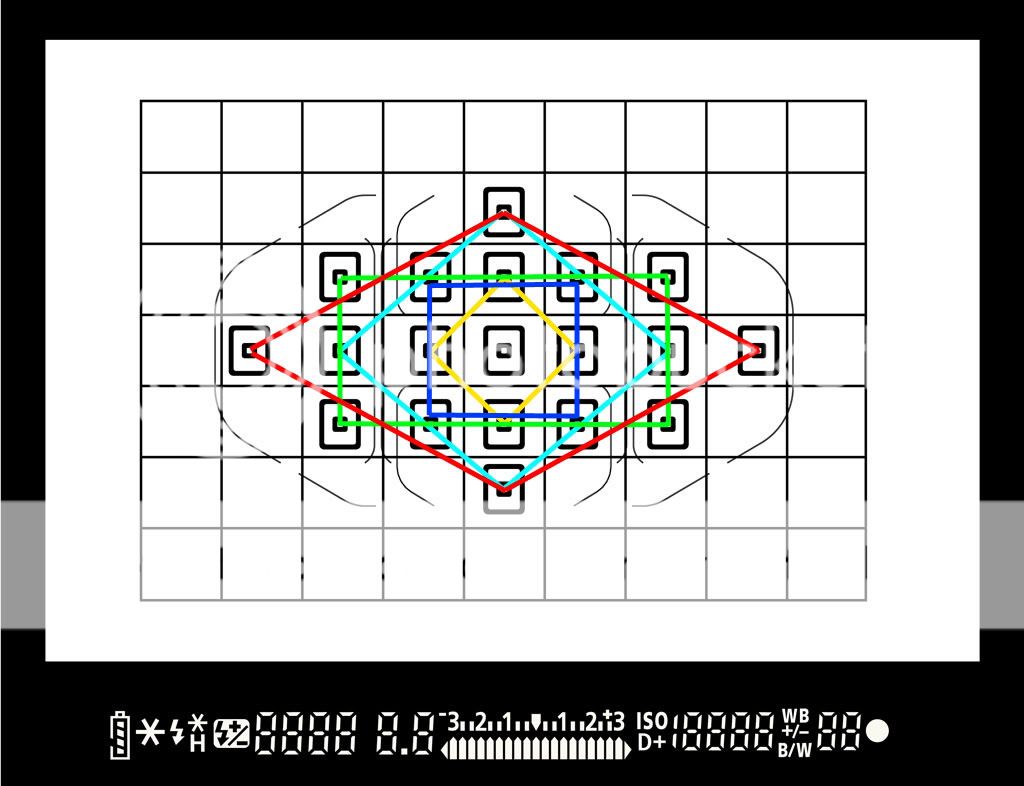
Just one more option in the C-Fn III-12 menu for this kind of remapping would make the 7D perfect for me.
Anyway, that's a wrap. (Mmmm...wrap...) Feel free to hit me with questions. Ask me about stuff I might've missed, etc.
As some of you might have noticed, I recently bought two 7D's on Tuesday. I've now had a few opportunities to test it's performance in different situations, most of them demanding. While we've all been fawning over, or complaining about, the 7D's signal-to-noise ratio, what I'm writing here is not about that. I'm more interested in answering this question: "In the hands of an amateur photojournalist, is the 7D capable of performing under difficult situations and producing good images?" In answering this question, I fairly include post-processing and a solid workflow.
And now, after trumpeting how I won't be talking about the SNR on this camera, let's talk about how it did with super-low light!

I was assigned to shoot a performance by a band called the SubCity Dwellers Tuesday night, the very day I got my two new cameras. So bear that in mind; the photographer was confused and disoriented. The first thing I had to get used to was the new light meter. The fact that it was colour sensitive threw me off quite a bit; I would occasionally adjust my exposure according to the evaluative meter by a stop or two, still in the instinctual mindset that it wasn't evaluating colour. This resulted in a lot of very strange, off exposures. I eventually accepted what the meter was telling me to be correct and, once I did that, started to get decent exposures. (I did make a mistake in underexposing quite a bit, but this was preferable to lowering my shutter speed, so no biggie. That's right, no biggie; I can live with the extra noise.) Here you can find the photo as it ran in the paper. Below is one of my favourite shots of the night (noise processed with Nik Define 2.0).
ISO 6400, f/2.8, 1/25, 24-70/f2.8L USM, M mode

You can probably tell, the light was horrible. I only have one fast prime, my 50/f1.4 USM, but in this case where the action was fast-moving (requiring me to ride the zoom ring quite a bit), I didn't bother with my prime. And, lo and behold, the camera held it's ground and still let me leave with passable images.
So how does the AF system perform in these terrible conditions? Pretty darn well. There were occasions where I was asking the sensor to focus on an area that was almost pitch black, and in that case it un-surprisingly started focus-hunting. In most cases, switching to a different AF mode (using an expanded AF point, or AF zone which uses several of the AF points) fixed the problem. Doing this is absurdly easy; just press the AF point selection button the the back, and tap the M-Fn button next to the shutter release to switch modes. In some cases I just manually focused, and in these cases it was wonderful to have a completely clear (and I do mean completely; the focus screen is invisible until it is relaying information to you), bright, 1.0x, 100% viewfinder. The focus screen uses ambient light to know whether or not it should use red, illuminated focus points to indicate AF lock, or black ones. (Speaking of measuring ambient light, the LCD changes brightness depending on ambient light, which simply means one less thing to think about, and more confidence when judging exposure by the LCD. Also, the new design that uses glass instead of resin, and removes gaps in the display, is very resistant to glare and works nicely in bright sunlight. Not perfect, of course, but acceptably.)
All-in-all, the 7D bodies faired very well in this situation. I was almost surprised the AF system worked at all (I know my 450D would have taken a very long time to focus in this kind of situation, if it ever could), but when it didn't work, I can safely say no other Canon body could have done better. All of the focusing points are cross-types, but what's more, they're angled. Instead of a straight vertical and horizontal line, Canon twisted these lines around the centre, and then lengthened them. This means that even more information is being relayed to the (dedicated) AF processor, so it can more accurately judge focus.
Moving on, I got an assignment to shoot another concert, this time with better lighting. Her name: Ali Milner. Aside from the concert being pretty fantastic, I had a much easier go of it because I didn't have to push to ISO 6400. Once again, the meter (being connected to the AF processor and vice versa) surprised me in that it wasn't fooled by all the black in the room. Even though I nevertheless used Manual mode to expose (because hands-down it'll be most consistent), it was nice to know that the information being relayed to me was correct.
ISO 2000, f/2.8, 1/250, 70-200/f2.8L IS USM, M mode

"But Michael, why are you showing us a small image," you ask? Well, truth be told I missed the focus. But the save in this situation is to down-size. It was a pretty good shot regardless. I think I really only missed it because of the pace at which I was forced to work. The RIAA has strict rules regarding press shooting concerts of Canadian musicians. I was only allowed to shoot the first three songs, and they were SHORT. One of the band members commented later "I've never seen anyone run so fast."

In this case, there was plenty of light in comparison to the previous concert, so I was able to keep ISO down more while still keeping fast shutter speeds to catch any action (that and running around with two cameras is bound to be tiring; I didn't trust myself to stay steady enough for the IS to correct, even though I probably was just fine). On the 7D, ISO 2000 is actually remarkably clean; noise reduction on this one was in LR2 only.
The AF system had far fewer problems in this case, and it was a breeze to switch AF points/zones and adjust to the situation as needed. I found use for nearly all different modes, except spot, which isn't really necessary and is also too slow in this situation. (Spot mode on the 7D really means spot; it's not a cluster of points, it is just one centre cross-point, and focuses on an incredibly small area. Other cameras in the xxD series used the various assist points surrounding the main focus point, I believe, when in "spot" mode. On the 7D, this mode is now called "Single Point".) Once again, the clear viewfinder is a boon; I found that it really kept my mind in the middle of the action, and let my eye determine composition quite a bit more easily.
Now let's move on to something that isn't torture for the camera, shall we? I got a chance to mess-around with the remote flash control system, and once again, I can say it's a breeze to use. Without getting into specifics, it's essentially the equivalent of Nikon's CLS. This system can use both 580 and 480 flashes, using the pop-up flash to control the other flashes. It is amazingly liberating to have so much control in the camera-body, with menus that are clearer and easier to access than those on a flash or the ST-E2 (this remote control unit still has it's place, for instance when you need to move the controller off-camera McNally-style; I haven't tried this yet, so I can't attest to how it works). Here's a quick profile I did of a UBC professor. The final set-up was two flashes and a reflector. One on a stand behind me and to the left shooting up at the ceiling and flagged to prevent direct light from hitting her. One flash below to the right, as a kick light. White reflector to the right of her. Both flashes gelled with a Rosco 85 CTO gel, and tungsten WB (to get more tonal variation between her face, and her scarf and the sky). Forgive me for the really tight crop; I had to hide the office (and it's hideous green fluorescents...*sigh* there are always fluorescents.)
ISO 320, f/10, 1/250, 24-70/2.8L USM, M mode

That's right. 1/250. Amazingly, the 7D has a max sync speed of 1/250, and that extra third of a stop is nice to have in a situation like this where I need to cut-off the ambient light from outside quite a bit, but want to hold-on to as much power from my flash units as I can. (Props to the 580EXII's being such powerful little lights.) This is due in part to the fact that the 7D uses the same shutter as the 1D series. There are no touching parts, so it's incredibly fast and reliable (and pretty quiet too; that high-pitched whine of the 450D drove me a little bonkers). I used ETTL in this shot, the key light as group A and the kick as B, leaving the pop-up as only a commander. Setting the ratio in camera is easy too, and to be honest this is the first time I'd even bothered using the ETTL light ratios. Saved me time, that's for sure.
Moving on, I wanted to try out the new AF system in another hard situation, this time a football game. Please note, I'm not a sports photographer. In fact, this was my first time shooting sports, and of all the sports I could pick from I just had to choose football.
 What a mess; people running across the frame constantly, sometimes it being a complete brawl. Much of the time it was hard enough to keep track of the darn ball, let alone predict it and get the shot. >.< In any case, 8fps came in handy, and the speed and memory of the DIGIC 4 processors in the 7D certainly helped in dumping those completed RAWs to the card fast. 15 continuous 18MP RAWs at 8fps, with a crop factor on your lens of 1.6? I honestly think that is something any sports shooter should consider. The AF Servo mode tracks pretty well, though it does leave a little to be desired in speed. It's not totally unexpected that it would take a little while to get the initial focus, and sometimes I feel that it was just being slowed down by the lens (the 70-200 definitely focuses slower than my 24-70, which is to be expected; that's a lot of glass to move, and the range of focusing distances is greater. That, and I forgot to use the limiter; D'oh! >.<). Once it started tracking though, the 7D rarely got confused. The sensitivity of the AF Servo mode is adjustable, and given that this is a field sport, I slowed it down a little so that people moving into the frame would be less likely to affect my focus if they were closer to the lens. (That said, I did also control the AF and turn it off when I noticed one of these brutes moving into the frame.)
What a mess; people running across the frame constantly, sometimes it being a complete brawl. Much of the time it was hard enough to keep track of the darn ball, let alone predict it and get the shot. >.< In any case, 8fps came in handy, and the speed and memory of the DIGIC 4 processors in the 7D certainly helped in dumping those completed RAWs to the card fast. 15 continuous 18MP RAWs at 8fps, with a crop factor on your lens of 1.6? I honestly think that is something any sports shooter should consider. The AF Servo mode tracks pretty well, though it does leave a little to be desired in speed. It's not totally unexpected that it would take a little while to get the initial focus, and sometimes I feel that it was just being slowed down by the lens (the 70-200 definitely focuses slower than my 24-70, which is to be expected; that's a lot of glass to move, and the range of focusing distances is greater. That, and I forgot to use the limiter; D'oh! >.<). Once it started tracking though, the 7D rarely got confused. The sensitivity of the AF Servo mode is adjustable, and given that this is a field sport, I slowed it down a little so that people moving into the frame would be less likely to affect my focus if they were closer to the lens. (That said, I did also control the AF and turn it off when I noticed one of these brutes moving into the frame.)Here are two of the shots I managed to get (all of 4...did I mention I'm not a sports photographer?):
ISO 400, f/3.5, 1/1250, 70-200/2.8L IS USM, Tv mode

ISO 400, f/3.5 , 1/1250, 70-200/2.8L IS USM, Tv mode

It should be noted that the second one is an extreme crop, so it's really pushing the 7D's AF tracking, especially at f/3.5. I later upped the ISO in favour of giving the focusing system a bit more room to be off. The original RAW file that the 7D produced is 5184x3456 pixels. The second image above was cropped down to 1188x1783 pixels. That's chucking a significant amount of the image; down to about a third of the original size, roughly (did I mention I'm NOT a sports photographer? :lmao: ). Should've zoomed a bit more and gotten just a bit tighter. Ah well...
Now for all that, there's one feature on the 7D that really sticks in my craw. Not because it's a bad feature—the concept is nothing short of awesome—but how it was implemented. The AF system lets you set a different AF point for each orientation. This is done via a custom option (C-Fn III-12). The problem I have with this is that it doesn't suit my needs in photojournalism. I think it would be simply fabulous if, when I switched from horizontal to vertical, the focus point I quickly chose to be in the upper-right, stayed in the upper right. Essentially, I want the camera to keep the focus point in the same-ish part of the frame, and inherit keep the focusing mode too. Alas, this is not the case. Instead, you manually set a different AF point at each orientation as you would normally, the only difference being that these positions are saved, so when you go back that orientation, it goes back to the focus point (and mode) you selected. So, if I say, select my leftmost focus-point (we'll call it FP1, refer to chart below) in the horizontal orientation in spot mode, and then move to a vertical orientation and select a different focus point in single-point mode (FP2), when I go back to horizontal orientation, the camera will revert back to FP1 in spot mode, not a similar point (FP3) in the same mode (in this case single-point). The Canon rep I saw at a recent presentation said that this feature was directed toward portrait and fashion photographers, and that's evident. What sucks is that photojournalists get very little out of this, because we have to do two things (select the new AF point AND change mode) when using this feature instead of just one (change the AF point) when the feature is disabled.
Here's the chart referred to above:

This is how I wish it worked, where every AF point were mapped to it's relative AF points in different orientations, and that the new AF point selected would inherit the AF mode you were previously in.

Just one more option in the C-Fn III-12 menu for this kind of remapping would make the 7D perfect for me.
Anyway, that's a wrap. (Mmmm...wrap...) Feel free to hit me with questions. Ask me about stuff I might've missed, etc.
Last edited:


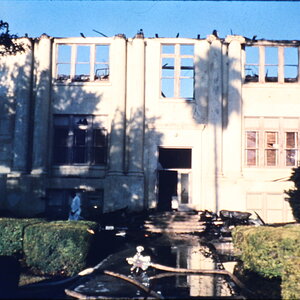
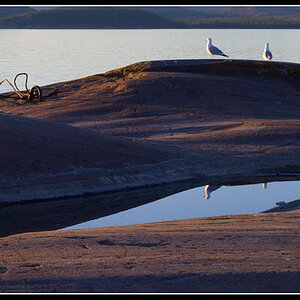
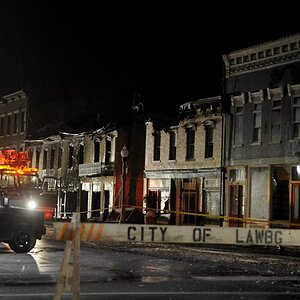
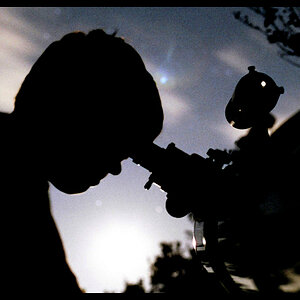
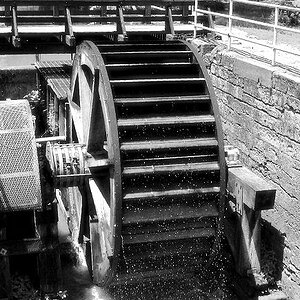
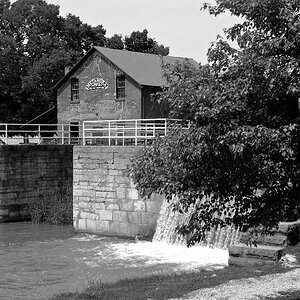
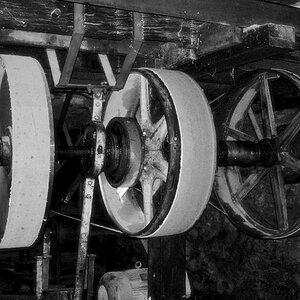
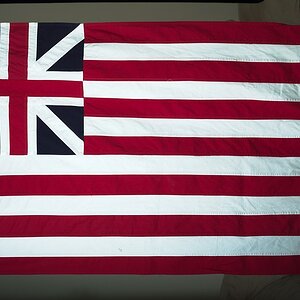

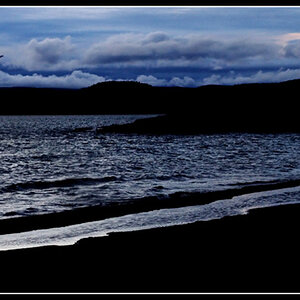
![[No title]](/data/xfmg/thumbnail/39/39476-6e232ea205145ad1a1da0690d7617642.jpg?1619739045)
